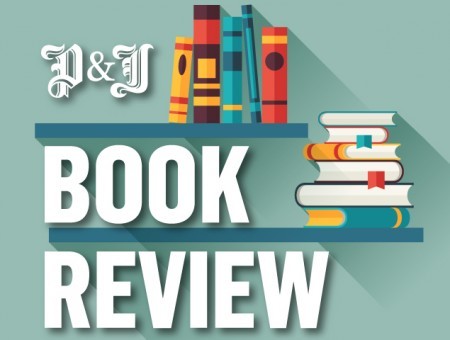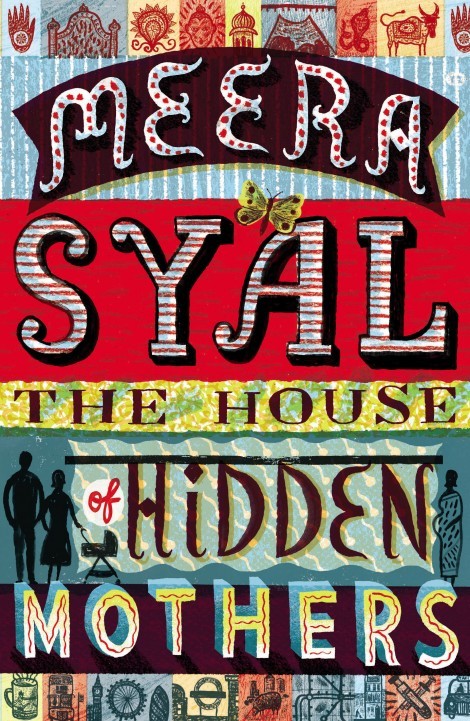Hardback by Doubleday, £14.99 (ebook £9.02)
Actress and writer Meera Syal has set the literary bar high for herself. Her first novel Anita And Me is now a national curriculum set text, her second, Life Isn’t All Ha Ha Hee Hee, was made into a BBC drama.
Her third novel addresses the topical themes
of late parenthood, which Syal has herself
experienced, and surrogacy, which she has not.
It centres on Shyama, aged 44 (the same age
Syal was when she had her son), a British
Indian woman who yearns for a child with her
partner Toby, who is 10 years her junior.
They’ve tried IVF but her eggs are shot, so
they pursue the surrogacy route, which takes
them to India and its unregulated clinics full
of surrogates who see the lucrative procedure
as their passport out of poverty.
Mala, a young woman living in New Delhi,
becomes the surrogate, but when the couple
discover that she has an abusive husband they
decide to bring her back to the UK for the
duration of her pregnancy, which causes life-
changing consequences for all three of them.
Meanwhile, Shyama’s 19-year-old daughter Tara
from her previous marriage shows total disdain
for what her mother is doing but has her own
trauma to deal with when she is raped by a
fellow student but doesn’t report it.
Beautifully written, Syal’s detail of the
cultural divides between Indian generations,
the quirks, customs, traditions and attitudes
as well as the lifestyle in both India and in
Britain, can only come from one who has been
immersed in both cultures.
She’s shown it humorously in shows like
Goodness Gracious Me, but paints a much more
serious picture in this novel, which also
explores the sexual abuse of women, with
references to the Delhi bus rape in 2012.
Raising questions about surrogacy from both
sides, Syal remains unbiased, weaving the
moral and emotional arguments seamlessly into
the storyline and looks at the prejudices
faced by women who want children in later
life.

